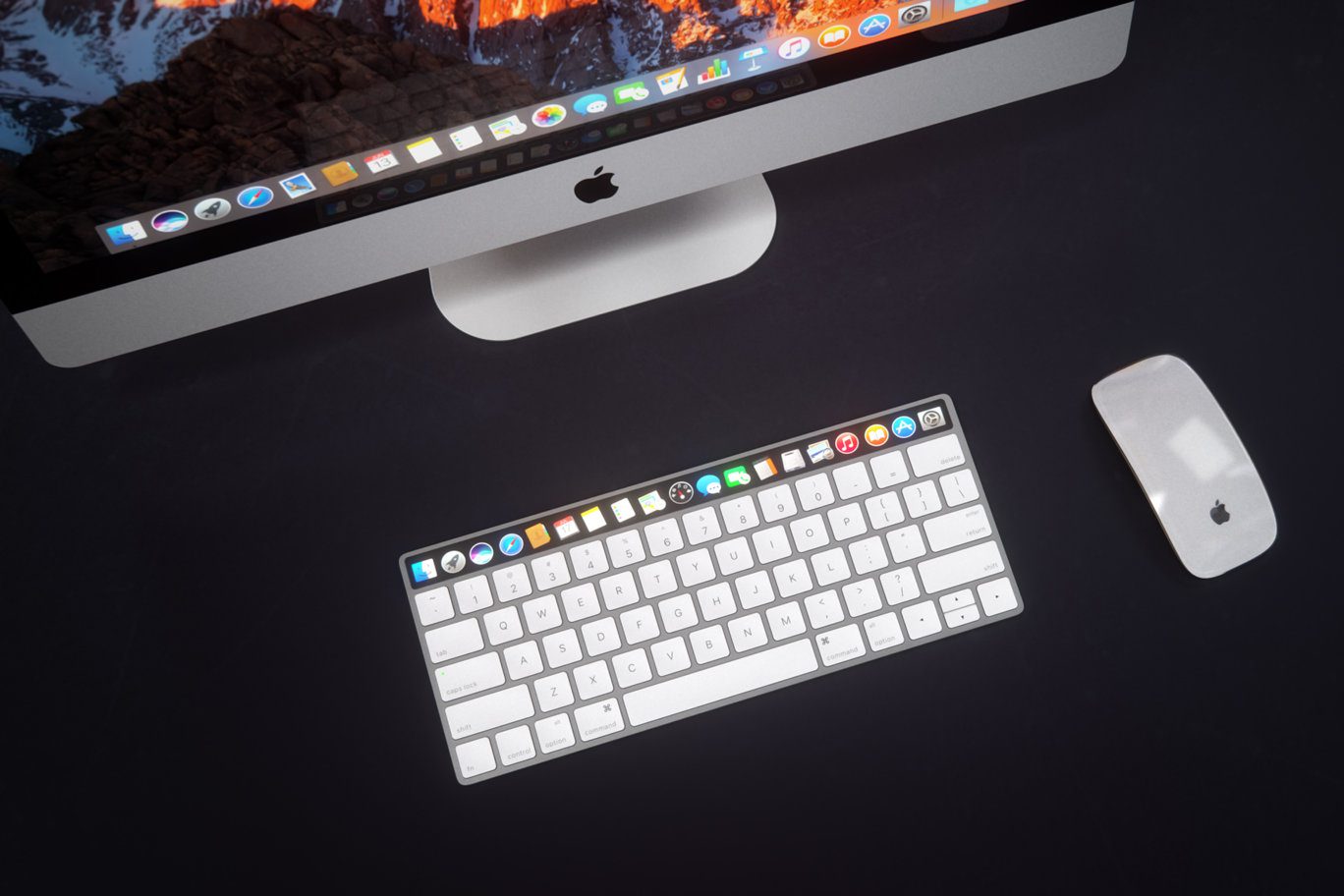Apple might be looking forward to bringing the FaceID to Macs sooner rather than later, given the feature has already been integrated into iPads outside of iPhones. 9to5mac has spotted a patent filed by Apple that seems to do just that.
The patent also suggests the inclusion of Touch Bar to Magic Keyboard.
Apple launched the FaceID on iPhones first, nevertheless, the first Apple patent regarding the feature, back in 2017, actually related to the Mac and not the phone. The patent detailed a nifty auto-wake feature, describing how Macs in sleep mode could use their camera to look and recognize faces. Presumably, this feature would be added to Power Nap, where a sleeping Mac is able to carry out background task without consuming much power.
Essentially, the Mac can remain in sleep mode while carrying out the easy bit– just figuring out whether or not any face is in view–and then enter into higher power mode in order to run the facial recognition part before fully waking the machine.
Today’s patent, which was first spotted by PatentlyApple, tends to FaceID using a retina scan rather than mapping out the whole face.
This might be Apple’s idea of including new technology for FaceID, or it may simply be the company’s attempt at covering all the bases–as it usually does in patent applications.
At the launch of the iPhone X, Apple warned the users that the FaceID can be fooled by twins and sometimes by other close family members, such as non-identical siblings or children.
The application also details the inclusion of Touch Bar on the Magic Keyboard. This is not fresh news either, as Apple had filed a similar patent back in 2017 and a render of how the device might look was also spotted online.
Notably, Apple patents a lot of applications regarding different features and ideas about new gadgets but not all of them remain to see the light of the day. 9to5ac notes that there are two reasons that suggest that Apple will not be releasing Touch Bar included Magic Keyboard: First, an always-on OLED display in a wireless keyboard would require a lot of power and would reduce the battery life. Secondly, the website notes that the Touch Bar is nothing more than a gimmick.
ALSO READ:
- LinkedIn introduces Facebook-like reactions to its platform
- TikTok added 88.6 million users in India during Q1 2019 : Sensor Tower Report
- PUBG Mobile 0.12.0 update coming next week: to include ‘Darkest Night’ mode and new weapons

